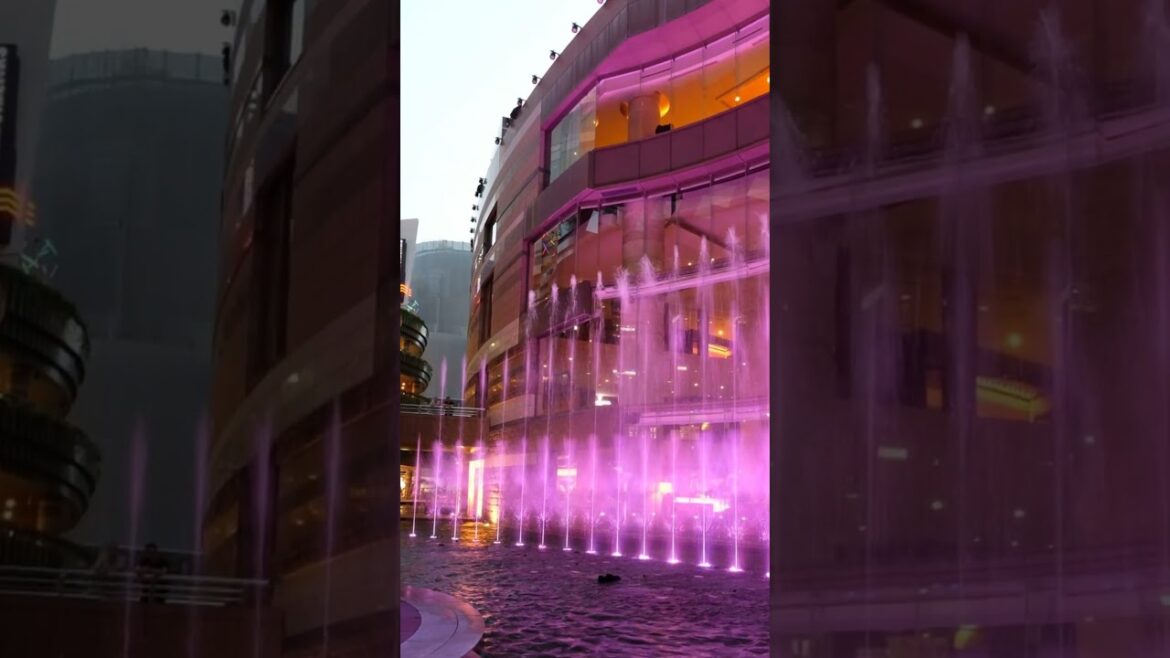Japan is a captivating country boasting a mesmerizing blend of ancient traditions and cutting-edge modernity. Its cities, scattered across the archipelago, are a testament to this harmonious coexistence, each offering a unique and vibrant experience.
Tokyo, the pulsating capital, stands as the epitome of innovation and cultural richness. Skyscrapers pierce the skyline, housing bustling commercial districts like Shinjuku and Shibuya, where neon lights and digital screens create an electrifying atmosphere. Yet amidst this urban jungle, tranquil oases like the Imperial Palace Gardens provide serene respite. Tokyo is also a hub of pop culture, with Akihabara known as the center for anime and electronics, and Harajuku as the fashion-forward haven.
Kyoto, a city steeped in history, presents a stark contrast. With its abundance of UNESCO World Heritage sites, including iconic temples like Kinkakuji (Golden Pavilion) and Fushimi Inari Shrine, it showcases Japan’s spiritual side. The traditional machiya townhouses and picturesque tea houses enhance the ambiance, evoking an unparalleled sense of nostalgia.
Osaka, the culinary capital, delights visitors with its dynamic food scene. The lively Dotonbori district boasts an array of eateries, from street food stalls to Michelin-starred restaurants. Beyond the gastronomy, Osaka’s entertainment district, Umeda, offers an array of shopping, dining, and nightlife options, making it a true urban playground.
Moving westward, Hiroshima is a city of resilience and peace. Despite its tragic past, it has risen from the ashes to become a symbol of hope and reconciliation. The Peace Memorial Park, Atomic Bomb Dome, and Hiroshima Peace Memorial Museum solemnly commemorate the events of 1945, promoting a world free of nuclear weapons.
Further south, Fukuoka combines modernity and heritage. As one of Japan’s most progressive cities, it boasts a thriving startup culture and a lively waterfront area. At the same time, the historic temples of Tochoji and Shofukuji showcase the city’s spiritual heritage.
Sapporo, nestled in Hokkaido’s snow-covered landscapes, is a paradise for winter enthusiasts. Hosting the famous Sapporo Snow Festival, the city is adorned with stunning ice sculptures, while its cuisine includes hearty dishes like ramen and seafood delicacies.
Nagoya, a manufacturing powerhouse, proudly exhibits technological advancements. Home to Toyota, the city houses the Toyota Techno Museum, highlighting the evolution of the automotive industry. The splendid Nagoya Castle is a testimony to the city’s historical significance.
Kanazawa, known as “Little Kyoto,” is a hidden gem in the Chubu region. Its well-preserved Edo-period districts, such as Higashi Chaya, exude old-world charm. Meanwhile, Kenrokuen Garden, one of Japan’s most stunning gardens, showcases an immaculate fusion of natural beauty and meticulous landscaping.
Nara, the ancient capital of Japan, boasts an abundance of historic treasures. The Great Buddha at Todaiji Temple stands tall as one of the world’s largest bronze statues, while Nara Park allows visitors to interact with friendly deer, considered sacred messengers in Shintoism.
Miyajima Island near Hiroshima is home to the iconic Itsukushima Shrine, famous for its torii gate seemingly floating on the water during high tide, a UNESCO World Heritage site that captivates visitors from around the globe.
These are just a few highlights of Japan’s diverse cityscape, each offering a unique blend of tradition, innovation, and natural beauty. The cities of Japan present a captivating tapestry that beckons travelers to immerse themselves in the rich history and vibrant culture of this enchanting country. 🗾

